Demolition Contractors Ollerton
Top 10 Demolition Company Near Me in Ollerton
Get 3 FREE Demo Contractors quotes for your project today! Compare profiles, reviews, accreditations, portfolio, etc... and choose the best service.
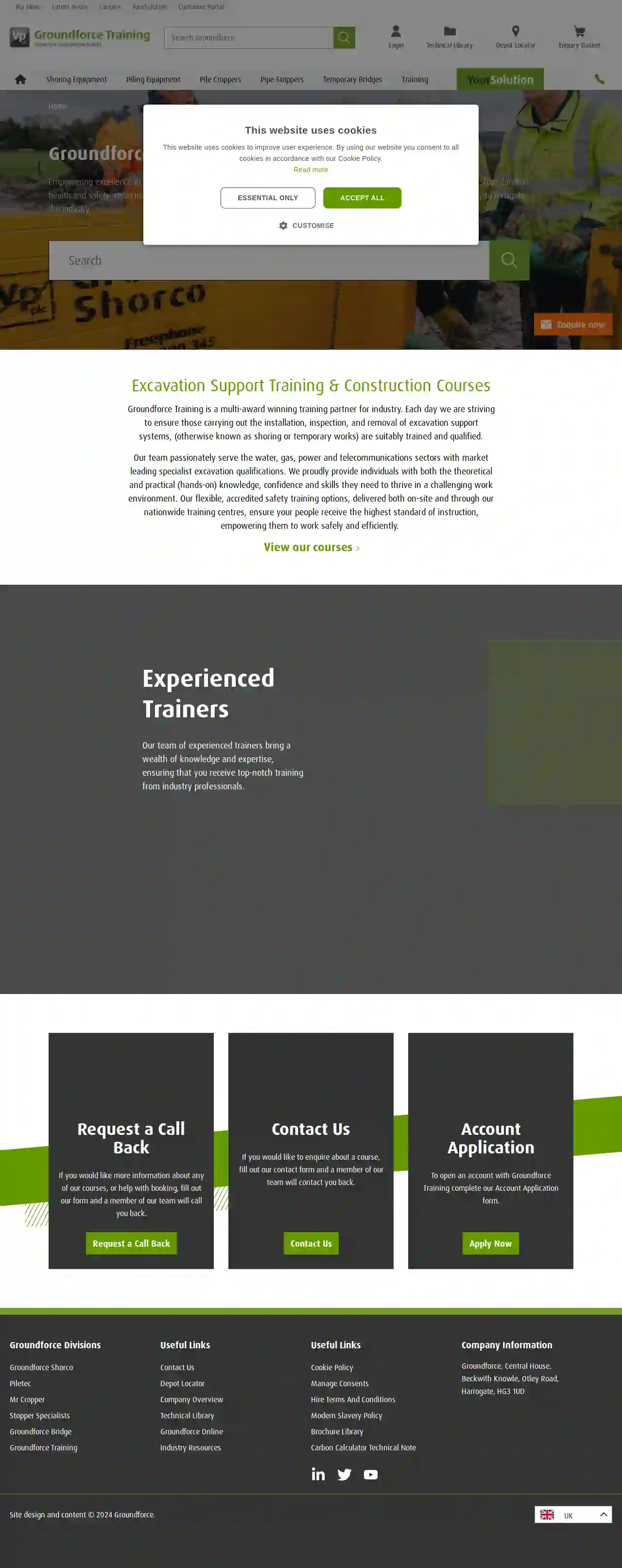
Groundforce Training Services - Excavation Safety
4.9389 reviewsCentral House, Beckwith Knowle, Otley Road, Harrogate, HG3 1UD, GBGroundforce: Your Partner in Safety and Efficiency Groundforce is a leading provider of shoring, piling, and excavation safety solutions. We offer a wide range of products and services to meet the needs of our customers in the construction, infrastructure, and utilities sectors. Our commitment to safety and efficiency is reflected in everything we do, from the design and manufacture of our products to the training we provide to our customers. Our History Groundforce has been in business for over 50 years, and we have a long history of providing innovative and reliable solutions to our customers. We are constantly investing in research and development to ensure that our products and services are at the forefront of the industry. Our Mission Our mission is to provide our customers with the safest and most efficient solutions possible. We are committed to providing our customers with the highest level of service and support. We believe that our customers are our most valuable asset, and we are dedicated to building long-term relationships with them. Our Team Our team is made up of experienced professionals who are passionate about safety and efficiency. We are committed to providing our customers with the best possible experience. We are always available to answer your questions and provide you with the support you need.
- Services
- Why Us?
- Accreditations
- Gallery
Get Quote
LOGICAL DEMOLITION LTD
7 Beighton Street, Sutton-In-Ashfield, Notts, Sutton-in-Ashfield, NG17 4EG, GBLogical Demolition: More Than Just Demolition Logical Demolition is a leading provider of demolition and construction services across the United Kingdom. We offer a comprehensive range of services, including demolition, refurbishment, soft strip, asbestos removal, specialist cutting services, temporary works, facade retention, and building works. We have many years of experience in all aspects of demolition and hazardous waste removal and disposal, and we pride ourselves on having a long list of satisfied customers. Our highly experienced team of demolition professionals are as happy working for private individuals as they are major companies. We are fully committed to safety and always work within the stringent regulations set for our industry. Our team is highly trained and certified, and we undertake both emergency and programmed demolition projects. We also carry out asbestos removal through our network of partners and sub-contractors. Prior to any demolition project commencing, we prepare a comprehensive method statement to address all risk elements and provide a method to work to. Our estimating team will identify the materials that can be reclaimed, recycled, re-used, and disposed of. They will calculate approximate tonnages or volumes of these materials and will provide costs and final destinations for them. As some reclaimed metals are very valuable, it is imperative that we achieve the best value for these as this is generally credited to clients. We are committed to providing our clients with the highest quality services and exceeding their expectations. Contact us today for a free site survey.
- Services
- Why Us?
- Gallery
Get Quote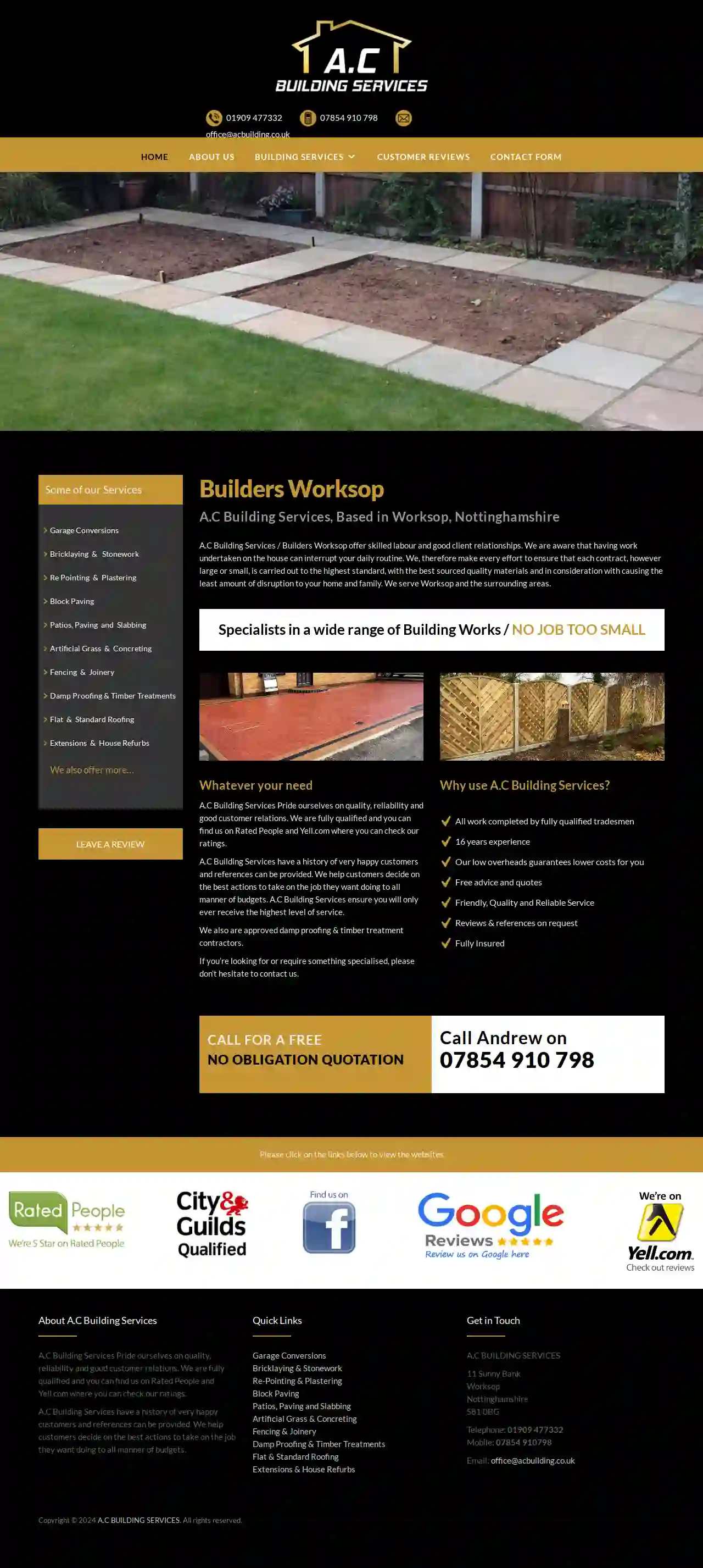
A.C Building Services
520 reviews11 Sunny Bank, Worksop, S81 0BG, GBAbout A.C Building Services A.C Building Services pride ourselves on quality, reliability and good customer relations. We are fully qualified and you can find us on Rated People and Yell.com where you can check our ratings. A.C Building Services have a history of very happy customers and references can be provided. We help customers decide on the best actions to take on the job they want doing to all manner of budgets. We also are approved damp proofing & timber treatment contractors. If you’re looking for or require something specialised, please don’t hesitate to contact us.
- Services
- Why Us?
- Gallery
Get Quote
Arnold Excavation & Hauling, LLC
51 reviewsBatesville, GBArnold Excavation & Hauling, LLC Arnold Excavation & Hauling, LLC offers residential excavation and has been serving the area for over 30 years. Our reputation is built off of relationships with custom local builders, architects, landscape architects, homeowners as well as estate managers. We are a Class A Contractor, committed to providing high-quality excavation services to our clients in Albemarle County and the surrounding Charlottesville Metro Area. Our team is experienced in a wide range of excavation projects, including:
- Services
- Why Us?
- Gallery
Get Quote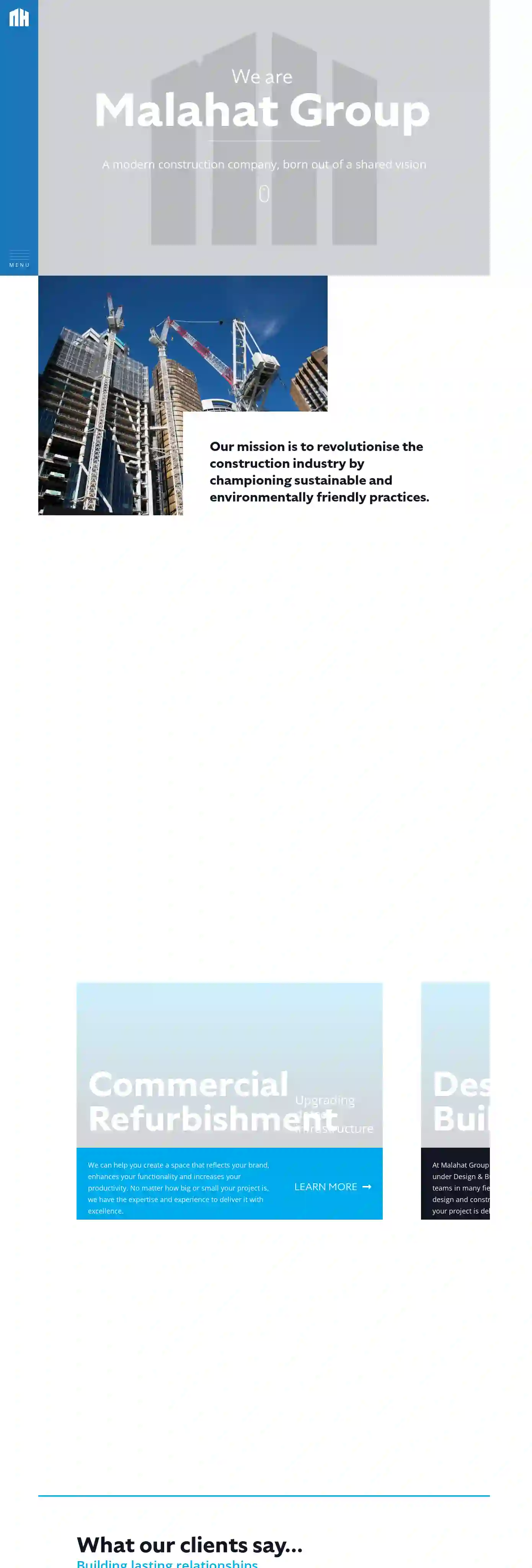
Malahat Group Ltd
4.622 reviewsWorksop, GBMalahat Group A modern construction company, born out of a shared vision Our mission is to revolutionise the construction industry by championing sustainable and environmentally friendly practices. Our journey began with a simple idea: to create buildings that not only serve their purpose but also contribute positively to the environment. This idea has grown into a full-fledged commitment to sustainability, driving every project we undertake, from residential extensions to commercial new builds. Our approach is rooted in renewable technology and forward-thinking. We believe that the future of construction lies in harnessing the power of sustainable resources and innovative design. We are committed to reducing our carbon footprint and creating structures that are as eco-friendly as they are functional. Join us as we build a greener future, one project at a time
- Services
- Why Us?
- Testimonials
Get Quote
Dean O'Neill Grab and JCB Hire - Nottingham & Mansfield
53 reviewsMansfield, GBAbout Us My company name is Dean O’Neil Grab and JCB Hire Ltd. I cover Nottingham, Derby and Leicestershire areas to provide the best possible service to my customers and clients. My business is operated to serve both residential and commercial contracts in the above mentioned East Midlands. Dean O’Neill Started working with his Dad many years ago when he was just 14. He worked his way up his fathers company by working in land scaping, fencing and patio and paving. Working hard and learning the ropes for the next 10 years Dean had learded all the main aspects of his Dads company. In this time Dean had moved on to pricing and quoting as well as completing the work as his Dad slowed down a little. Dean decided to widen his skills and went down the academic route at Basford Hall College to qualify in Brick laying and plastering to NVQ level 3. Moving on he trained further and now works as a qualified JCB driver with his CITB licence. He also oporates a 360egree machine above 5 tonne. Dean and his family have working links to Nottingham for over 80 years through Mapperley Landscapes and O’Neill tippers.
- Services
- Why Us?
- Our Team
- Gallery
Get Quote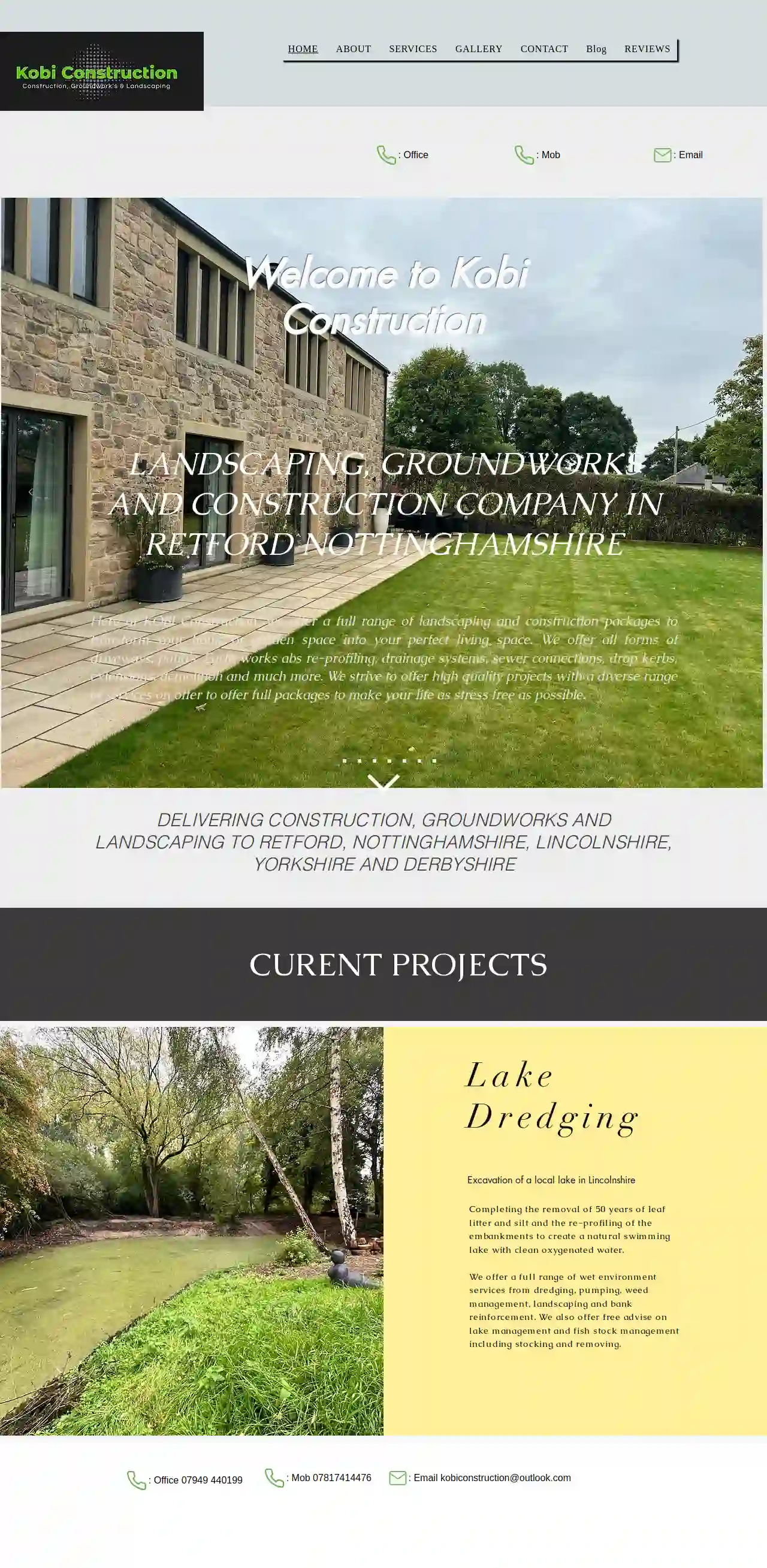
Kobi construction Ltd
53 reviewsWorksop, GBWelcome to Kobi Construction LANDSCAPING, GROUNDWORKS AND CONSTRUCTION COMPANY IN RETFORD NOTTINGHAMSHIRE Here at KOBI Construction, we offer a full range of landscaping and construction packages to transform your home or garden space into your perfect living space. We offer all forms of driveways, patios, Earth works abs re-profiling, drainage systems, sewer connections, drop kerbs, extensions, demolition and much more. We strive to offer high quality projects with a diverse range of services on offer to offer full packages to make your life as stress free as possible.
- Services
- Why Us?
- Gallery
Get Quote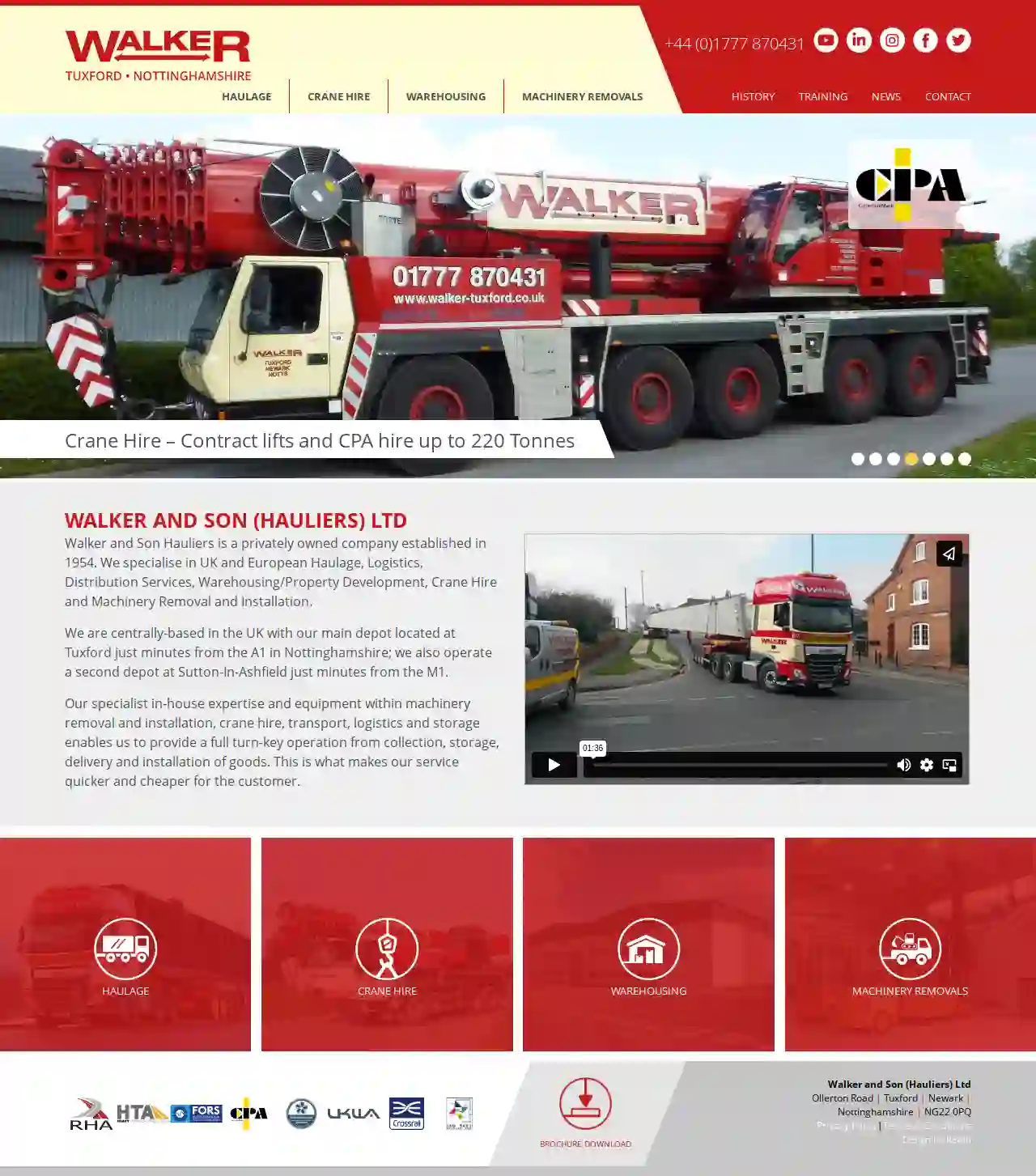
Walker & Son (Hauliers) Ltd
4.68 reviewsOllerton Road, Tuxford, NG22 0PQ, GBWalker and Son (Hauliers) Ltd Walker and Son Hauliers is a privately owned company established in 1954. We specialize in UK and European Haulage, Logistics, Distribution Services, Warehousing/Property Development, Crane Hire and Machinery Removal and Installation. We are centrally-based in the UK with our main depot located at Tuxford just minutes from the A1 in Nottinghamshire; we also operate a second depot at Sutton-In-Ashfield just minutes from the M1. Our specialist in-house expertise and equipment within machinery removal and installation, crane hire, transport, logistics and storage enables us to provide a full turn-key operation from collection, storage, delivery and installation of goods. This is what makes our service quicker and cheaper for the customer. Haulage Crane Hire Warehousing Machinery Removals
- Services
- Why Us?
- Gallery
Get Quote
J&J Plant Hire Ltd
515 reviewsMansfield, GBLOCAL AND RELIABLE… We offer short or full time tool and machine hire including man and machine hire to suit your needs across Derbyshire & Nottinghamshire. AN EXPERT TEAM.. Our team of experienced engineers, ground workers and operators are available to deliver your project on time, on cost and to exacting standards.Please contact us for a quote today! CONTACT US WE LET OUR WORK SPEAK FOR ITSELF… If you like what you see and would like us to bring your next project to life please contact us for a quote today! CONTACT US EXCELLENT SERVICE EST. 2019… Our partnership started off with one 2004 Volvo 1.8 machine doing local hires around Nottinghamshire and Derbyshire. From then on, we bought one piece of equipment after another. We put all our profits back into the business to keep expanding and supplying our customers with the latest tools and best choice for their equipment requirements. We now have over 30 items of plant in 4 years of being in business so we're confident of our ability to serve you going from strength to strength. Contact us for your plant hire, tool hire and project needs.
- Services
- Why Us?
- Our Team
- Testimonials
- Gallery
Get Quote- EA
EA Groundworks Ltd
51 reviewsWorksop, GBWe are a local business that provides a variety of services to our community. We are committed to providing our customers with the highest quality service and products. We are passionate about what we do and we are always looking for ways to improve our services. We are proud to be a part of our community and we are committed to giving back. We are a team of experienced professionals who are dedicated to providing our customers with the best possible experience. We are always available to answer your questions and help you find the right solution for your needs. We are committed to providing our customers with the highest quality service and products. We are passionate about what we do and we are always looking for ways to improve our services. We are proud to be a part of our community and we are committed to giving back.
- Services
- Why Us?
- Gallery
Get Quote
Over 13,059+ Excavation Companies on our directory
Our excavation pros operate in Ollerton and beyond!
ExcavationHQ has curated and vetted Top Excavation Pros near Ollerton. Find the most reliable contractor today.
Frequently Asked Questions About Demolition Contractors
- Project Assessment: The demolition contractor evaluates the structure, site conditions, and project requirements.
- Permitting: Obtain necessary demolition permits from local authorities.
- Site Preparation: Secure the site, disconnect utilities, and remove any valuable or reusable items.
- Hazardous Material Abatement: Professionally remove asbestos, lead paint, or other hazardous materials if present.
- Demolition: Execute the chosen demolition method, bringing down the structure safely and efficiently.
- Debris Removal and Site Cleanup: Sort, process, and dispose of demolition debris responsibly. Clean up the site to prepare it for future use.
- Recycling: Concrete, brick, metal, and wood can be recycled and reused in other construction projects, reducing waste sent to landfills.
- Landfill Disposal: Non-recyclable materials are disposed of in designated landfills according to local regulations.
- Donation: Some materials, such as fixtures or appliances, may be suitable for donation to charitable organizations.
How do I find demolition contractors near me?
What are the steps involved in a typical demolition process?
What happens to the debris after demolition?
What is a demolition bond?
How do I find demolition contractors near me?
What are the steps involved in a typical demolition process?
- Project Assessment: The demolition contractor evaluates the structure, site conditions, and project requirements.
- Permitting: Obtain necessary demolition permits from local authorities.
- Site Preparation: Secure the site, disconnect utilities, and remove any valuable or reusable items.
- Hazardous Material Abatement: Professionally remove asbestos, lead paint, or other hazardous materials if present.
- Demolition: Execute the chosen demolition method, bringing down the structure safely and efficiently.
- Debris Removal and Site Cleanup: Sort, process, and dispose of demolition debris responsibly. Clean up the site to prepare it for future use.
What happens to the debris after demolition?
- Recycling: Concrete, brick, metal, and wood can be recycled and reused in other construction projects, reducing waste sent to landfills.
- Landfill Disposal: Non-recyclable materials are disposed of in designated landfills according to local regulations.
- Donation: Some materials, such as fixtures or appliances, may be suitable for donation to charitable organizations.